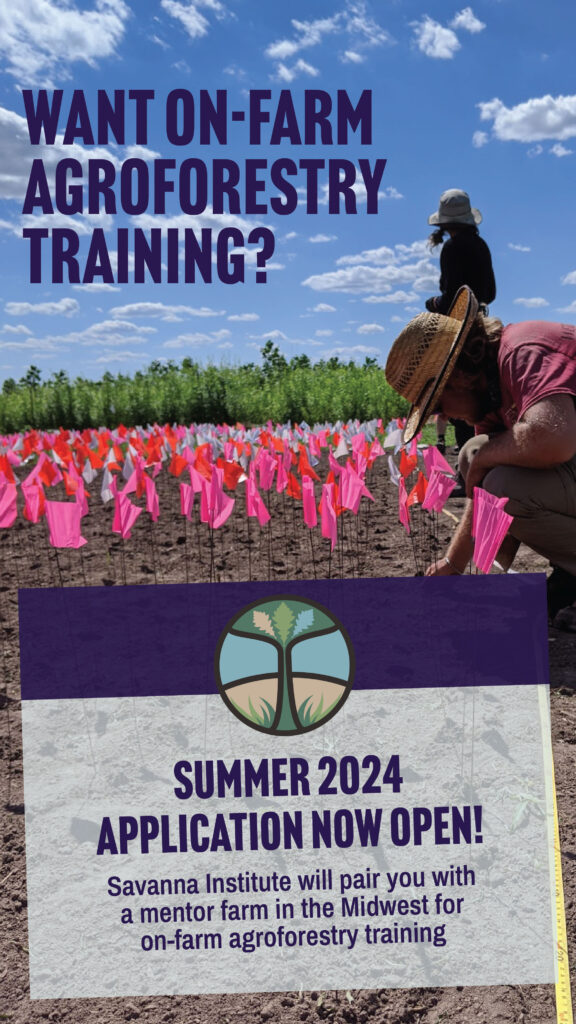
BREAKOUT SESSION D
Evaluating greenhouse gas emissions in perennial bioenergy crops on low productive agricultural land in southern Ontario, Canada
Your Subtitle Goes Here
Converting low productive agricultural lands to perennial bioenergy crops can provide climate benefits through the reduction of greenhouse gas emissions (GHG). This is due to the low nitrogen (N) fertilizer input requirement of perennial bioenergy crops and thereby reducing the risk of N losses in the form of nitrous oxide (N2O), which is a potent GHG. However, studies quantifying GHG emissions in perennial bioenergy crops on low productive agricultural lands, including those lands without fertilizer addition, are lacking. Most studies on perennial bioenergy crops on low productive agricultural lands focused on biomass yield and the soil carbon (C) sequestration potentials of these crops. The few studies that have evaluated GHG emissions in perennial bioenergy crop systems have taken place with crops produced on fertile agricultural lands or on low productive agricultural lands with fertilizer addition. However, quantification of GHG emission during winter months, when freeze-thaw cycles (FTC) in northern temperate zones are prevalent, are lacking. Knowledge of winter GHG emissions during FTC events is crucial since they can make a significant contribution to the annual GHG budget. Therefore, a long-term study at the Guelph Agroforestry Research Station in southern Ontario, Canada was initiated to evaluate the GHG emissions from switchgrass (Panicum virgatum var. Cave-in-Rock), miscanthus (Miscanthus giganteus var. Nagara), and willow (Salix miyabeana clone SX67). The perennial bioenergy crops were established in 2009 and have received no fertilizer since 2017. Two GHG chambers made from PVC (25 cm height, 10 cm radius) were installed in each treatment replicate (n=4) to a 10 cm depth in September 2019. Bi-weekly sampling and measurements of CO2 and N2O are ongoing since October 2019. Results from our first autumn/winter sampling (October – December) for 2019 revealed numerically higher CO2-C (mg CO2-C m-2 h-1) and N2O-N (µg N2O-N m-2 h-1) emissions in switchgrass (83.25 and 3.02) compared to miscanthus (77.56 and -6.21) and willow (65.90 and -2.57). Our results showed that miscanthus and willow were N2O-N sinks, whereas switchgrass was a N2O-N source. Subsequent GHG measurements are currently under evaluation and will be presented to provide further understanding of the contribution of these crops in climate change mitigation when established on low productive agricultural lands. Keywords: winter and freeze-thaw cycles, no fertilizer addition, nitrous oxide and carbon dioxide emissions, climate change mitigation.
Augustine K Osei, School of Environment, Resources and Sustainability – University of Waterloo, ON Canada
Naresh V Thevathasan, School of Environmental Science. – University of Guelph, ON Canada
Maren Oelbermann, School of Environment, Resources and Sustainability – University of Waterloo, ON Canada
Attributes of soil organic carbon under short rotation willow plantation in the marginal riparian lands of the prairie potholes
Your Subtitle Goes Here
Short rotation willow (SRW) land-use practice is of growing interest for managing marginal riparian lands in the prairie pothole region (PPR) due to the potential to sequester soil organic carbon (SOC) and sustaining soil health. Land-use practice changes have a substantial influence on the quantity and chemical composition of SOC. The dynamics of SOC are affected by its chemical stability, which is a crucial mechanism of SOC sequestration. Quantification of the SOC balance and assessment of chemical stability are critical in understanding sequestration potential under SRW plantations. In a field experiment, SOC, water-extractable (WEOC), light fraction (LFOC), and particulate organic carbon (POC) were used to assess the content and its fractions, whereas Fourier Transform Infrared (FTIR) spectroscopy was used to characterize the chemical composition under SRW plantation and compared to adjacent annual crop (AC) and pasture (PA). Higher SOC content was observed under PA in both sites but significant (p < 0.05) only in site B. Overall, the land-use effects on SOC was in the order of PA > SRW = AC. The LFOC and POC followed a similar land-use pattern in both sites. The WEOC was relatively higher in soils under SRW. Soil organic carbon and WEOC content were significantly higher (p < 0.05) in the upper 15 cm across all land-use practices. Soil depth had more influence on SOC composition than land-use practices. The recalcitrant (RC) to labile (LC) ratios of phenolic and amides to polysaccharides were significantly higher (p < 0.05) in site A, while aromatic and carboxylic to polysaccharides were non-significantly lower (p > 0.05) under SRW in both sites indicated microbial synthesis of these materials in the soil. The abundance of SOC functional groups was higher in the subsoil, along with altered spectral properties with depths showing the potential soil organic matter transformation related to carbon fractions changes. The higher alkyl-C to O-alkyl-C ratio suggested a higher degree of decomposition and better SOC stability in the subsoil. Our results indicated that the SRW as a marginal riparian land-use practice in the PPR influences SOC sequestration potentials.
Shayeb Shahariar, Department of Soil Science, College of Agriculture and Bioresources, University of Saskatchewan
Raju Soolanayakanahally, Indian Head Research Farm, Agriculture and Agri-Food Canada
Angela Bedard-Haughn, Department of Soil Science, College of Agriculture and Bioresources, University of Saskatchewan
Optimization of several agroforestery scenarios for carbon sequestration
Your Subtitle Goes Here
An evaluation of the carbon sequestration potential of several agroforestry systems was carried out in order to determine the best performing and most financially interesting for the sale of carbon credits. This analysis will allow our partner, ArbreÉvolution, to have a better strategic positioning, by answering the request of its clients who wish to find the best way to compensate their GHG emissions in the community and to optimize the carbon sequestration in their riparian plantations. More specifically, the following objectives were pursued to : 1. establish the carbon balance of several agroforestry systems, both in the root and aerial parts, 2. establish the costs/benefits of agroforestry systems, by integrating all costs (installation, maintenance and harvesting of plantations), and all potential revenues (including those from carbon sequestration). A review of the literature on methods for calculating carbon content in the aerial and root parts of trees and shrubs was conducted. Samples of five native shrubs (Common ninebark, Black chokecherry, Rugosa rose, Cranberry viburnum, Choke cherry) were crushed and weighed to specifically calculate their above-ground biomass and derive sequestered carbon. The same exercise was performed on hybrid poplar samples and allowed the inclusion of non-market biomass, which is rarely considered, in the carbon measurement. Finally, non-destructive measurements were also used to calculate the aerial and root carbon stored in other tree species (White spruce, Norway spruce, Tamarack, Red oak, Sugar maple, and Red ash) on a 40-year horizon. From these measurements, a comparative synthesis of carbon inputs from a variety of plants (shrubs and trees, native and fast-growing) emerges. In the context of the fight against climate change and the desire to increase carbon sequestration in agricultural areas, tree species represent the most interesting option (over a 40-year period, approximately 1.5 tons of CO2 sequestered per tree for conifers, 1.7 tons for hardwoods and 2.6 tons for hybrid poplars, compared to 0.02 -0.04 tons for shrubs over a 5- to 10-year period). The additional contribution of fast-growing species is undeniable. On the other hand, a shrub planting alone is not a significant source of carbon sequestration. However, the addition of shrubs to a tree hedge can make a small additional contribution to carbon sequestration, in addition to other benefits associated with the presence of shrubs, particularly the enhancement of biodiversity in the planted site. These results have been integrated into a simulator (http://www.wbvecan.ca) to evaluate the profitability of agroforestry developments. It is therefore possible to quantify the financial benefits that these developments can bring in terms of carbon sequestration and income from the possible sale of carbon credits. This data can be used to convince agricultural producers to undertake such developments, providing them with an additional income opportunity through the sale of sequestered carbon.
Emmanuelle Boulfroy, CERFO
André Vézina, CERFO
Guy Lessard, CERFO
Soil carbon and nitrogen mineralization under grass and tree components of a silvopasture in the Coastal Plain of North Carolina
Your Subtitle Goes Here
Soil biological activity is a key indicator of soil health. It is hypothesized that silvopastures might improve soil health and sequestration of carbon in soil. However, little is known about how different components of a structured silvopasture might affect soil health indicators. Soil bulk density and soil carbon and nitrogen mineralization were determined in a silvopasture research experiment on a floodplain soil adjacent to the Neuse River in Wayne County, North Carolina. Samples were collected 5-6 years after grass establishment and 13 years after trees were planted. Grazing tended to increase soil bulk density relative to grass plots cut for hay or harvested for biofuel. Soil-test biological activity was lowest in adjacent cropland, suggesting that silvopasture did indeed improve soil health. Initial results of on-going lab analyses suggest that grazing of forage had a positive effect on potential soil carbon mineralization relative to that under trees. Tree species had little influence on potential carbon mineralization, but pine species lowered bulk density relative to that of oak. Further analyses are being conducted and will be presented to make conclusions about the impact of grass and tree components on potential carbon and nitrogen mineralization.
Alan Franzluebbers, USDA-Agricultural Research Service, Raleigh, North Carolina
JOIN SESSION
Your Subtitle Goes Here
Meeting ID: 823 5293 5937
Passcode: 362597
Dial by your location
+1 312 626 6799 US (Chicago)
+1 646 558 8656 US (New York)
+1 301 715 8592 US (Washington DC)
+1 346 248 7799 US (Houston)
+1 669 900 9128 US (San Jose)
+1 253 215 8782 US (Tacoma)

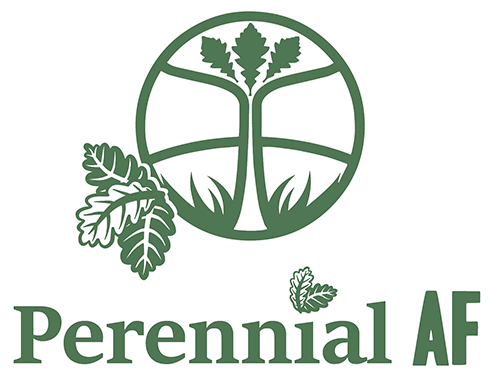


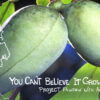 🔊 “You Can’t Believe It Grows Here” – Project Pawpaw with Adam D’Angelo
🔊 “You Can’t Believe It Grows Here” – Project Pawpaw with Adam D’Angelo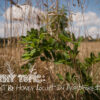 🔊 A Thorny Topic: Black Locust and Honey Locust for Agroforestry
🔊 A Thorny Topic: Black Locust and Honey Locust for Agroforestry 🔊 “Spreadsheets on the Radio” – Farm Viability and the Fruit & Nut Compass with John Hendrickson
🔊 “Spreadsheets on the Radio” – Farm Viability and the Fruit & Nut Compass with John Hendrickson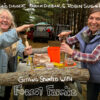 🔊 Getting Started with Forest Farming – Ingrid Daudert, Karam Sheban, and Robin Suggs
🔊 Getting Started with Forest Farming – Ingrid Daudert, Karam Sheban, and Robin Suggs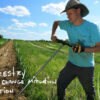 🔊 Agroforestry for Climate Change Mitigation and Adaptation – with Nate Lawrence and Monika Shea
🔊 Agroforestry for Climate Change Mitigation and Adaptation – with Nate Lawrence and Monika Shea